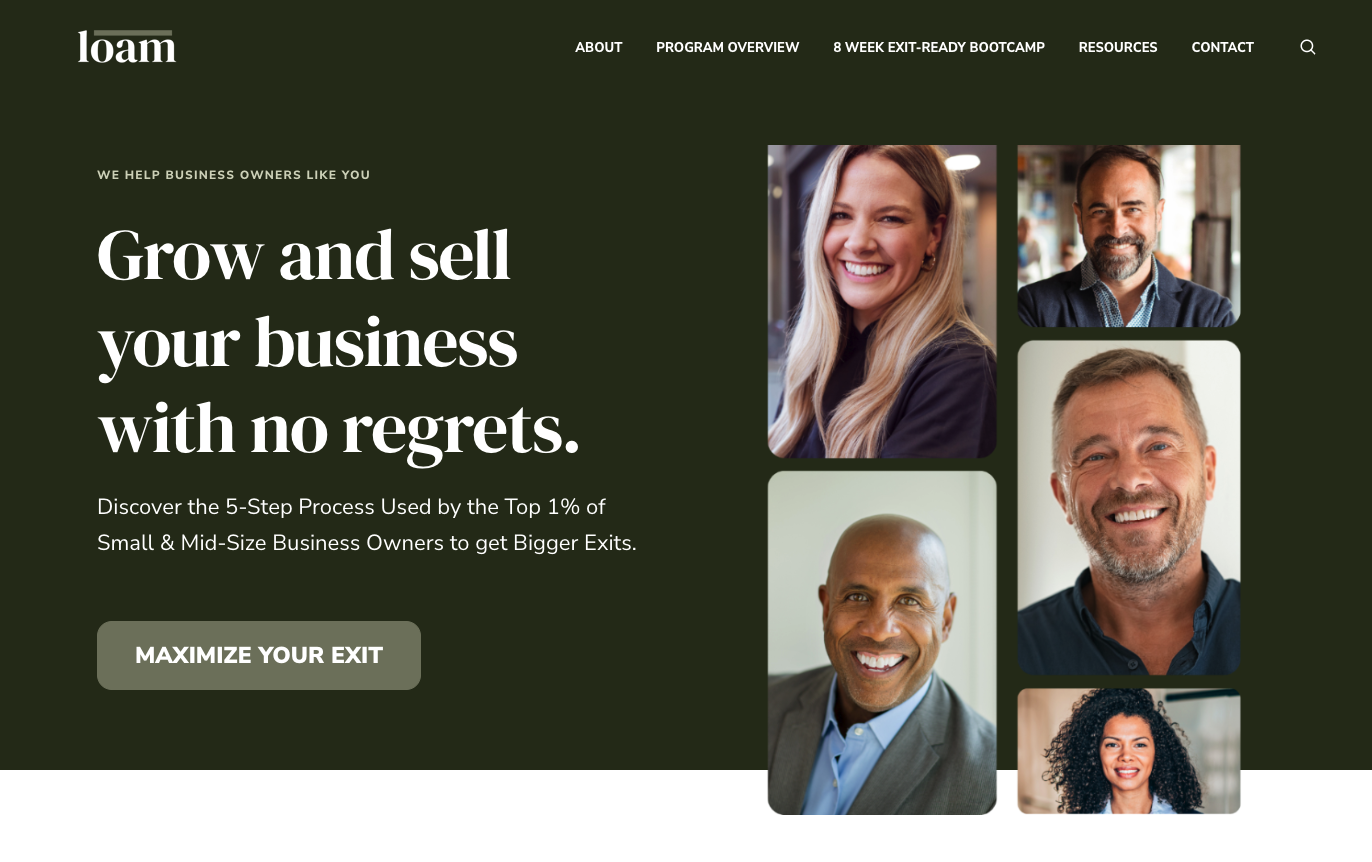Forbes put together an expert panel on inspiration for great content strategy. I was able to participate and share some thoughts on how I believe customer experience learnings guide great content strategy.
My quote from Forbes:
“It’s easy to recognize that your customers are the best source for new ideas and inspiration. The key is how simple and accurate their insight will be to your efforts. Sometimes asking customers directly doesn’t get the most accurate results. There is bias when being asked. I find going to the source of their frustration is the best way to be inspired. Where are their pain points and challenges?“
Customer Experience Learnings
The customer interacts with products, brands, and companies in an enormous amount of ways. Every channel brings new experiences, but what do we learn from them?
Great companies use analytics to help learn from the customer. Analytics and data science tools can help brands understand “what” customers are doing. This information is incredibly valuable, but it has its limits. It does a poor job at explaining to you “why” customers do what they do.
The real learning is when you can combine the “what” of customer activity with the “why” customer thinking. The combination of quantitative and qualitative brings incredible clarity.
Learnings from the customer experience must be a combination of the two.
Qualitative Customer Learning
Asking customers directly for their feedback is a great way to get answers to the question of what customers want. It’s simple and straightforward, but not always the most useful.
What customers want and what customers need are different. The most important difference is in what they will purchase.
When a customer experiences a want they are quick to articulate their opinion on what could have made the experience better or what they wish they could have. This feedback helps immensely at making improvements where possible and then architecting new customer experiences or products for the future. Wants are informative.
But, needs are essential information. Needs drive sales.
What a customer wants doesn’t always translate into what a customer is willing to pay for that want or other purchasing behaviors. Getting at feedback on needs is a much more actionable set of data.
So how do you get this information?
I always look at two sources first. First, I look at customers who have purchased my product or service in the past but have stopped or negatively changed their buying patterns. What is it that made them change? Quality, pricing, competitors, timing, etc?
Second, I talk to customers who decided to go with another product. It’s important to note that sometimes these potential customers weren’t your ideal customers anyways. So be
Post sale surveys, cancelation feedback forms, phone calls and user groups are excellent ways to gather this data. Then the key is figuring out what to do with it.
Using CX Learnings for Content Strategy
There are lots of ways to use the feedback to improve the products, services, and experience of the customer. Please do those things with the feedback you receive.
I’m going to focus on how to use those learnings to build an excellent content strategy.
Using your feedback to solve customer’s problems before they turn into lost sales or canceled accounts is imperative. You’ll also find that your content will help close more new sales as well.
Synthesis and review the feedback you received and determine the most important themes. Perhaps its slow response time from customer service, confusing pricing, or a misunderstanding about a key feature.
Then create content (video, audio, graphics, and writing) to respond.

Example:
If you are having problems with slow responses from your customer service, then create a better repository of frequently answered questions. Writing blog posts and creating a knowledge base to allow customers and potentials to get answers fast from a variety of sources. This should not only help customers receiving already slow response times, but improve the process for everyone by reducing the number of requests.
If you are having problems with slow responses from your customer service, then create a better repository of frequently answered questions. Writing blog posts and creating a knowledge base to allow customers and potentials to get answers fast from a variety of sources. This should not only help customers receiving already slow response times, but improve the process for everyone by reducing the number of requests.
Using feedback and customer experience learnings to answer important questions for customers is the smartest way to create compelling content.



